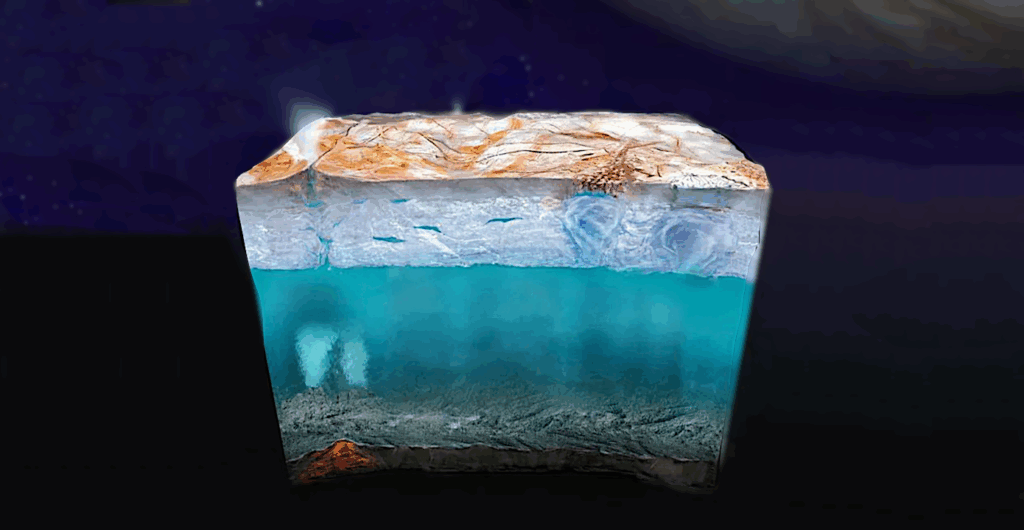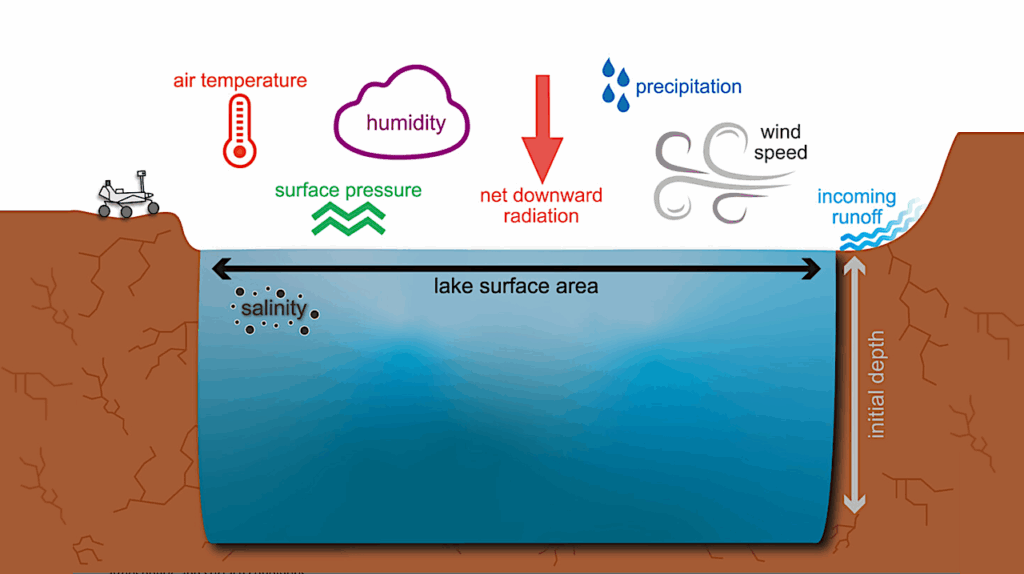The Impact of Extended H2O Cross-Sections on Temperate Anoxic Planet Atmospheres: Implications for Spectral Characterization of Habitable Worlds

JWST has created a new era of terrestrial exoplanet atmospheric characterization, and with it the possibility to detect potential biosignature gases like CH4.
Our interpretation of exoplanet atmospheric spectra, and the veracity of these interpretations, will be limited by our understanding of atmospheric processes and the accuracy of input modeling data. Molecular cross-sections are essential inputs to these models.
The photochemistry of temperate planets depends on photolysis reactions whose rates are governed by the dissociation cross-sections of key molecules. H2O is one such molecule; the photolysis of H2O produces OH, a highly reactive and efficient sink for atmospheric trace gases.
We investigate the photochemical effects of improved H2O cross-sections on anoxic terrestrial planets as a function of host star spectral type (FGKM) and CH4 surface flux. Our results show that updated H2O cross-sections, extended to wavelengths >200 nm, substantially impact the predicted abundances of trace gases destroyed by OH.
The differences for anoxic terrestrial planets orbiting Sun-like host stars are greatest, showing changes of up to three orders of magnitude in surface CO levels, and over an order of magnitude in surface CH4 levels.
These differences lead to observable changes in simulated planetary spectra, especially important in the context of future direct-imaging missions. In contrast, the atmospheres of planets orbiting M-dwarf stars are substantially less affected. Our results demonstrate a pressing need for refined dissociation cross-section data for H2O, where uncertainties remain, and other key molecules, especially at mid-UV wavelengths >200 nm.
Wynter Broussard, Edward W. Schwieterman, Sukrit Ranjan, Clara Sousa-Silva, Alexander Fateev, Christopher T. Reinhard
Comments: 25 pages, 20 figures
Subjects: Earth and Planetary Astrophysics (astro-ph.EP)
Cite as: arXiv:2404.03031 [astro-ph.EP] (or arXiv:2404.03031v1 [astro-ph.EP] for this version)
Submission history
From: Wynter Broussard
[v1] Wed, 3 Apr 2024 19:34:06 UTC (14,603 KB)
https://arxiv.org/abs/2404.03031
Astrobiology,








